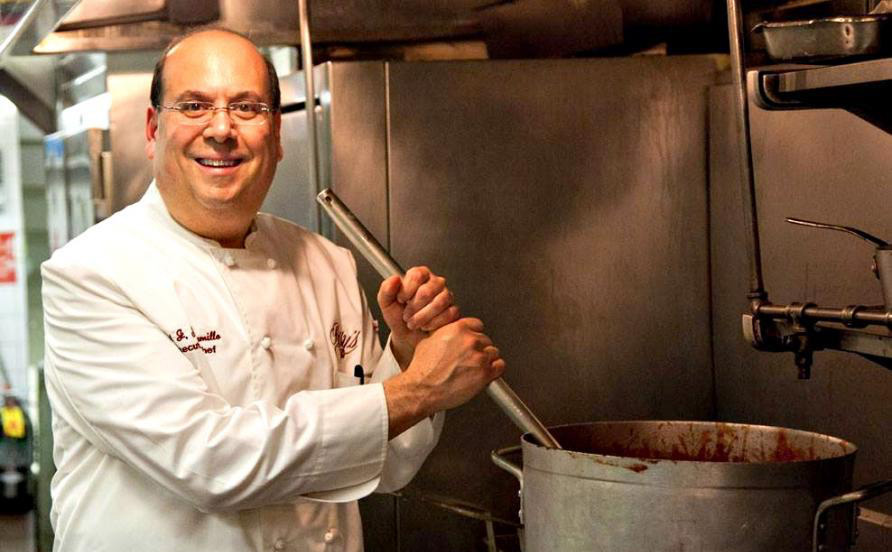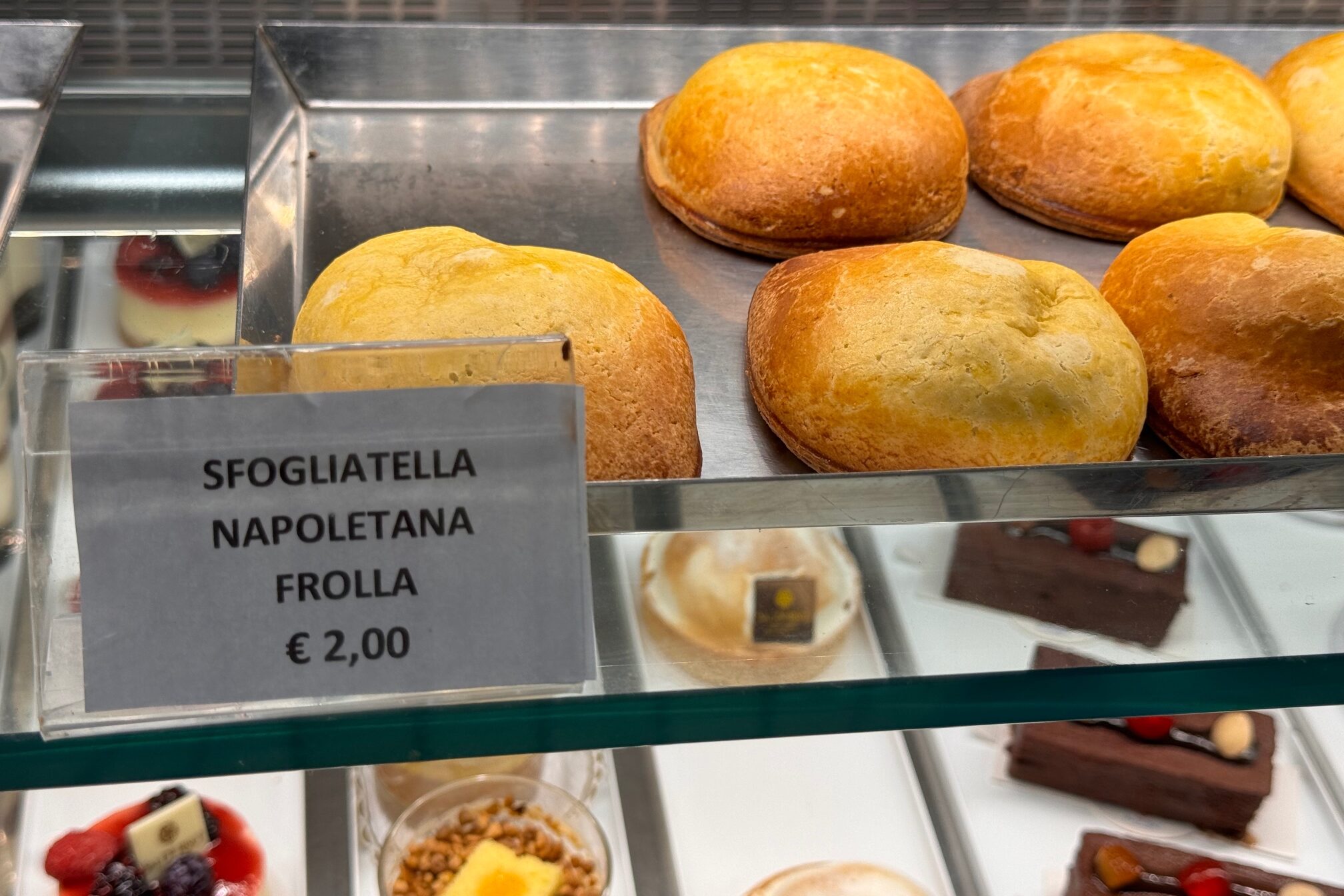There are not many family-owned restaurants in urban cities that have been in business for over seventy years. One reason for this is the Food Channel’s popularity that has catapulted the careers of many chefs who in return have attached their names to franchises. These franchises are sprouting up across the country and are constantly redefining what good quality food is as their en vogue gourmet menus are widely sought. As the franchises grow and offer different menus, the profit margins of family-controlled restaurants are jeopardized and are thus forced to close their restaurant doors permanently.
The legendary Patsy’s Italian Family Restaurant, however, located a stone’s throw away from Carnegie Hall, in New York City’s theater district, is one of the few surviving establishments that have outlasted its competition. For several decades Patsy’s restaurant has received glowing reviews from a wide range of customers and has sustained unparalleled success in a business that fails more often than not. So, what is the secret behind the success of this family owned restaurant that has lasted since 1944?
In marketing 101, college students as well as aspiring entrepreneurs are taught; location is paramount to starting any business. While Patsy’s location on fifty-six street between Broadway and Eighth Avenue certainly helps, there have been an overabundance of restaurants in New York City’s theater district that have gone belly-up. I then conclude that the restaurant has maintained a high level of achievement simply because of the Scognamillo family. I realize that my discovery is not earth shattering news; the proprietor’s management skills will always determine the success or failure of any business, but how does the family continue to operate a successful restaurant for seventy-two years?
Relying solely on hard work and astute managerial skills is an essential component to leading a popular restaurant, but I also began to ponder the idea that perhaps the restaurant’s success is connected to Frank Sinatra. Patsy’s restaurant was Frank Sinatra’s desired place to eat whenever he was in New York City. Moreover, there are infinite stories about Ol’ Blue Eyes and Pasquale Patsy Scognamillo, the original owner who opened the restaurant during World War II.
The legacy of the owner and iconic singer remains as customers approach the end of the bar to see a small bronze statue of Frank Sinatra that stands appropriately next to a specially made bottle, ready for consumption and in honor of The Chairman of the Board, labeled Jack Daniel’s Sinatra Select. Pasquale eventually bought the building where the restaurant is located, and in doing so he avoided the exorbitant rent prices that contribute to the downfall of many businesses. In 1986, Pasquale passed away, leaving his son Joseph (Joe), as the Executive Chef and owner of Patsy’s restaurant.
The Hollywood connection does not end with Sinatra. As customers enter Patsy’s restaurant, they are overwhelmed with adorned headshots and autographs of famous actors, politicians and athletes, some posing with co-owner Joe Scognamillo or his son Sal, the present Executive Chef and another co-owner. Surely some patrons are attracted to the restaurant because of the nostalgia and association that it has with Frank Sinatra. On the other hand, the singer is not relevant with younger generations who keep coming back too.
Undoubtedly the ultimate success of any restaurant is primarily the food. My curiosity, therefore, led me to conduct my own empirical research to witness for myself the elements involved in how this business, which has become its own small franchise (branding their own Patsy’s tomato sauce), continues to receive stellar reviews for so many years. I knew, like any empirical investigation, just going to the restaurant a few times was not going to be enough. I needed to try a variety of dishes and observe other staff members including the owner.
Using my five senses, I made several visits to witness for myself Patsy’s continued success. First, whenever I am there I always order the pasta con lenticchie; it tastes so much like my parents’ lentil soup. Patsy’s restaurant has a Neapolitan menu and its dishes are truly delicious and bring me back to when I was a kid, unlike any other restaurant. “Any pasta dish here is delicious” remarked a customer in response to a question by one of his friends who wanted to know if he had any recommendations. I also overheard another customer comment, “The mussels taste just like those in the best Belgian restaurants in Europe.”
The other part that I noticed is the Scognamillo family runs the restaurant like a well-oiled machine. Joe Scognamillo is a corpulent, eighty-four years young bespectacled man of about five-feet five and wears well-tailored suits (usually dark navy blue) where the white collared shirt protrudes just enough at the cuff of the suit jacket to reveal emblazoned cufflinks. The octogenarian has thinning grey-hair parted from the side, and appears on Saturdays with his wife Rose, who stands in a small walk-in closet that serves as a check-room and a place where she carefully examines every receipt before opening the cash register for change.
When Rose or her husband are not there, other family members have pivotal roles. One family member is Frank DiCola, Joe’s nephew, (and a co-owner too) who is the maître d’hotel and its sommelier. He has dark-hair, slender and tall, with a gentle smile, and an aura of confidence but Frank’s presence is minimal compared to Joe’s quiet but firm demeanor. On Saturdays when the pre/post theater crowd enters, if Joe (who is retired from the kitchen) is helping to seat customers at a table, Frank is there to direct the next arrivals. Each family member knows exactly his or her role and performs it with near perfection.
Although Joe and his wife Rose are very focused on their positions in the restaurant, both are very approachable. The first time I spoke to Joe and explained I was interested in writing a story; he stopped to chat with me whenever he was free from directing customers to tables. One time he told me something and then gave me a very stern look and said, “What I just told you is off the record.” In the same conversation, he told me his dad was an immigrant like my own father, and he was born and raised in Manhattan’s Lower East Side like I, while he dropped out of Seward Park High School, the same school that my mother attended.
Another major ingredient to Patsy’s success is Sal Scognamillo, the only son of Joe and Rose; they also have a daughter, who is a lawyer. Sal is only the third chef in Patsy’s history and each time I am there (as I’m sure he always does) Sal exits the kitchen and stops by every table to ask, “How is everything?” Sal, like his parents, is very congenial and is much taller, with less hair and heavier than his father. In his customary chef’s jacket, Sal works the tables like a politician, sometimes shaking hands, laughing or posing for selfies. Afterwards the chef goes back to the kitchen to communicate with his kitchen staff and like an assembly-line the dishes for each table start to appear.
Sal is married with two sons. One of his sons whom I met is also learning the business while he attends college just like his dad, a graduate of St. John’s University. It appears that the next generation of Scognamillos appears to be getting ready to learn how to manage an already successful business. If I had to give him advice, I would say from my observations, good food is a must but knowing your role in the restaurant, and greeting customers with that old fashion Italian hospitality is equally imperative along with remembering stories about Sinatra. A few years ago, I entered Patsy’s Italian restaurant for the very first time and today I find myself coming back repeatedly like everyone else.
































